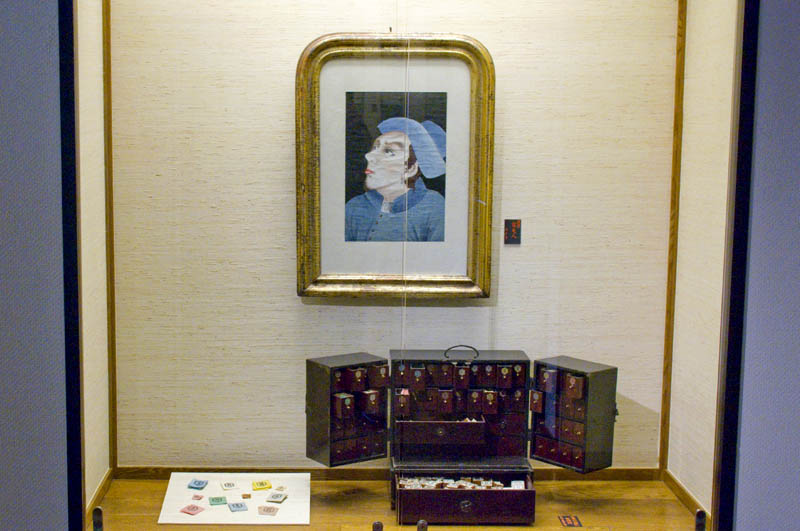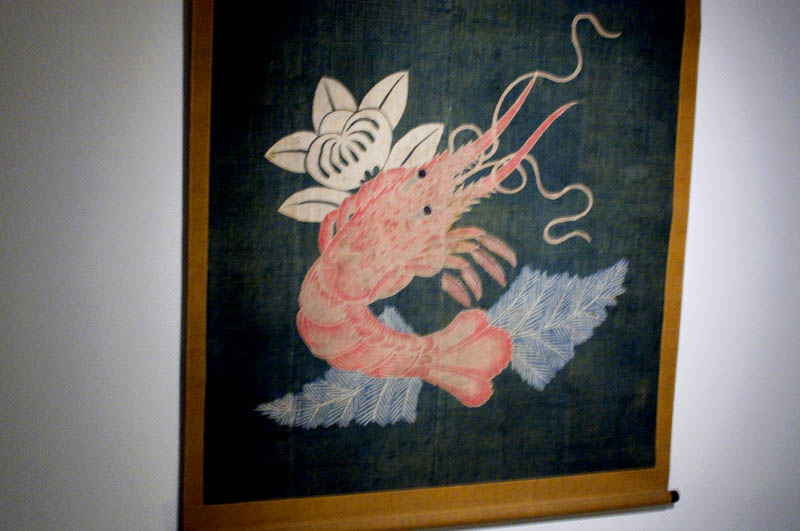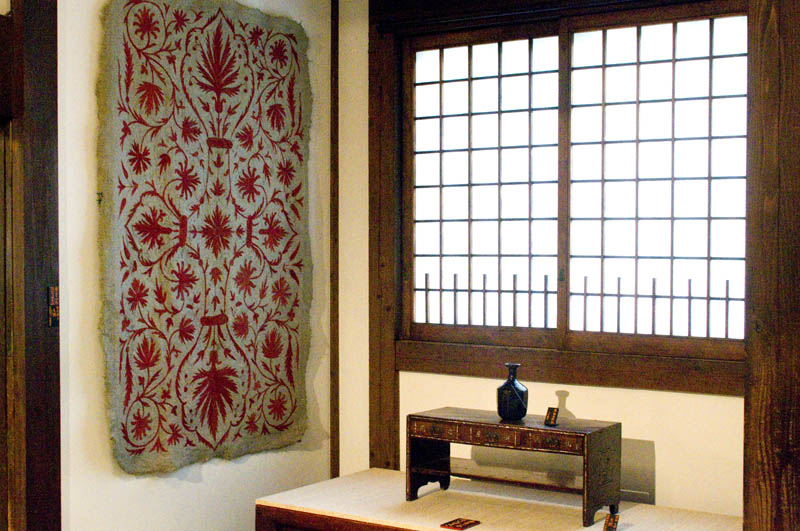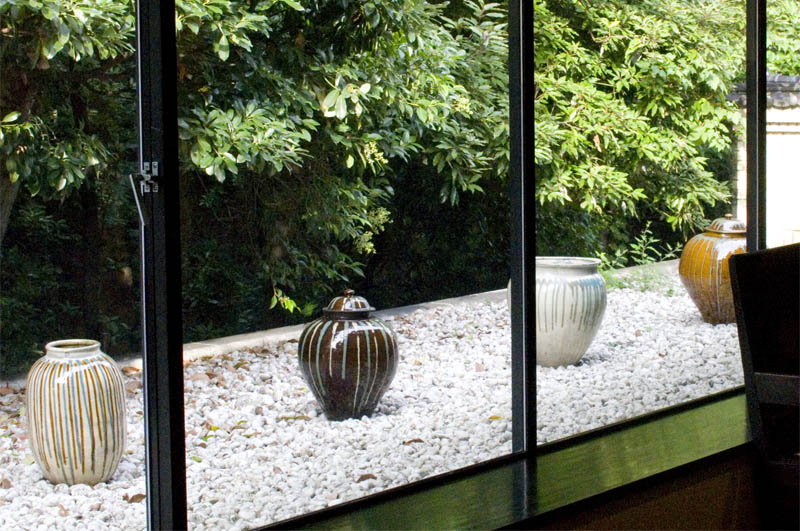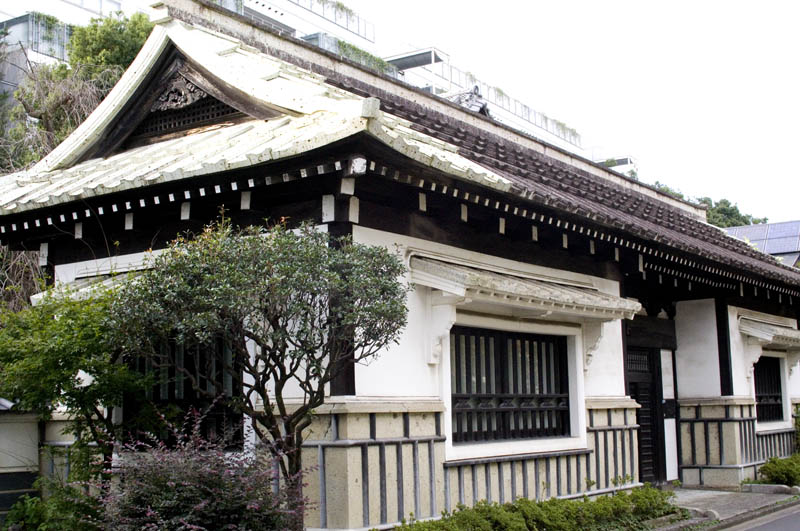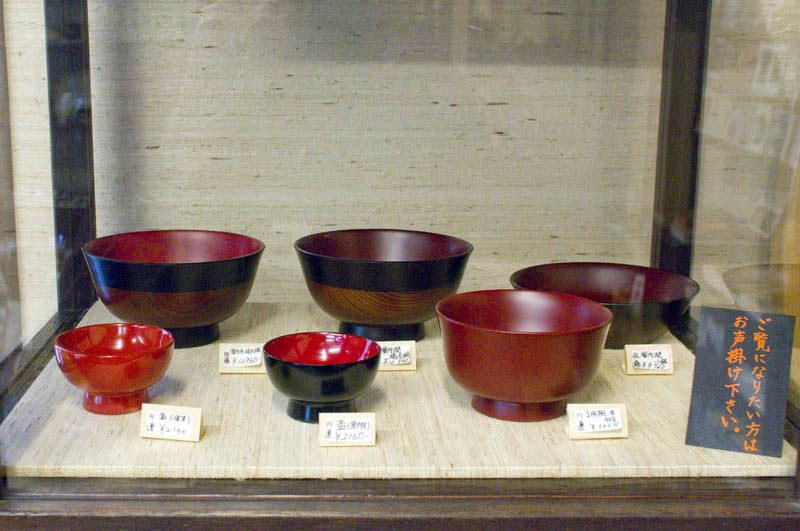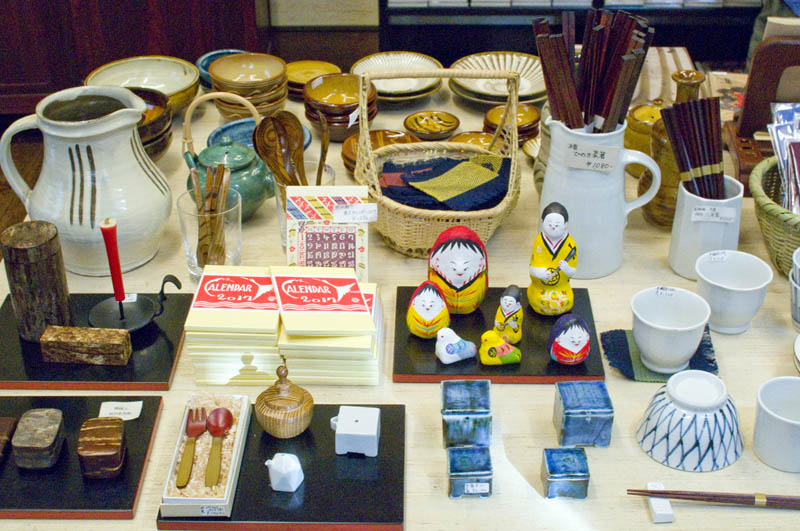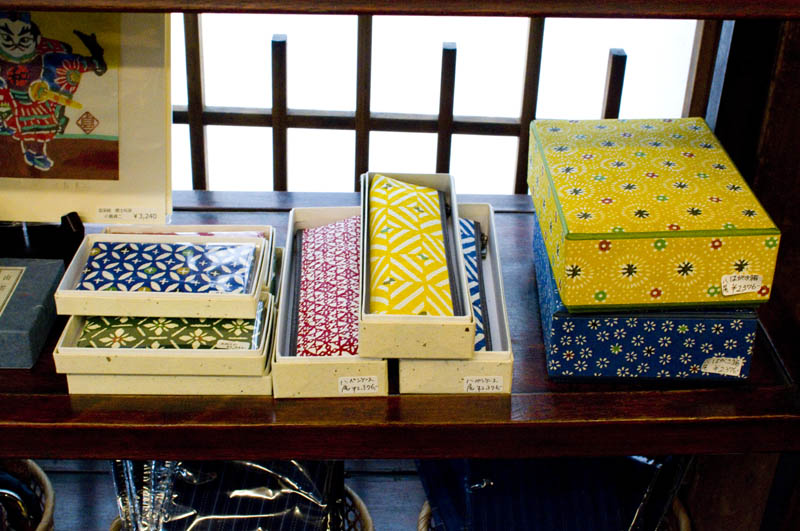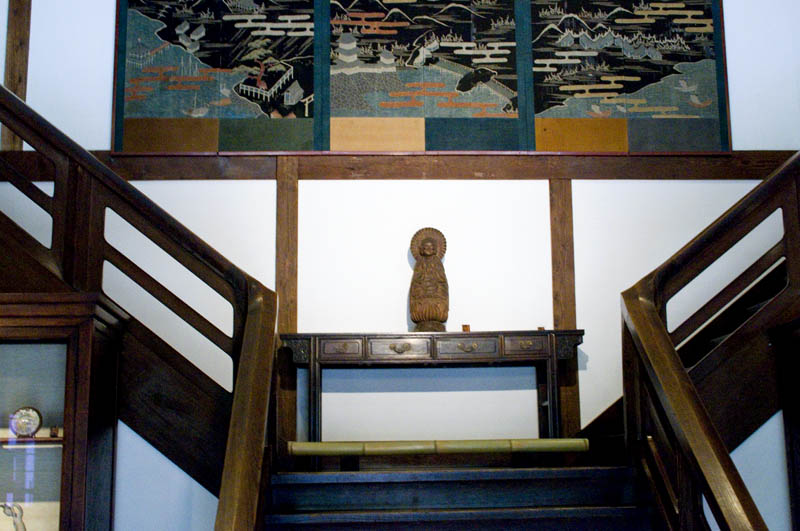
If you are looking for a tranquil relic of old Tokyo, the Japan Folk Crafts Museum (Nihon Mingei-kan) is for you. This tiny but enchanting museum, hidden away in peaceful Komaba, displays folk crafts (mingei) from all over Japan.
The founder, Muneyoshi Yanagi, wanted it to display the "arts of the people", so he traveled the country buying everyday objects that were being thrown away. The charming traditional Japanese building, built in 1936, has a black-tiled roof and a white stucco exterior. Just across the street is a striking black nagayamon (long gatehouse), built in the nineteenth century, that was brought here bit by bit from Tochigi Prefecture.
As you enter you will step onto a stone floor, dotted with tansu chests and old clocks. The air is redolent with the smell of old wood and furniture polish. Walk up the broad oak staircase to a series of airy rooms with wooden floors, and walls covered with special wallpaper made of kuzu (Japanese arrowroot).
On display are ceramic jars, sake pitchers, jewelry boxes, kettles, otsu-e (folk paintings), mokujiki (wooden sculptures) and many other essentials of daily life. Most date from the 15th to 18th centuries. All are simple, unadorned and classically lovely. Unfortunately there are no English captions, but most of the items displayed need no explanation.
It will take you less than an hour to see everything, but you will probably want to linger a while on the wooden benches. There are only a few visitors on most days, and the subtle tints of the ceramics, the biscuit-coloured walls and the clean lines of the traditional Japanese furniture all combine to create a serenity difficult to find in the heart of Tokyo. (One room displays a collection of brightly colored kimonos in scarlet, orange, yellow, and indigo, a pleasing contrast to the subdued tones in the rest of the museum.)
The Mingei-kan also hosts folk craft exhibits from time to time, ranging from linen screens to woodblock prints. In the gift shop you can buy ceramics, lacquer bowls, sleek cutlery, furoshikis, obis, and many other souvenirs.
by Kavitha Rao
